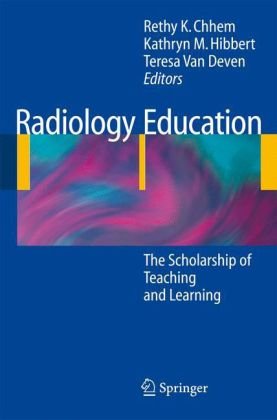

Most ebook files are in PDF format, so you can easily read them using various software such as Foxit Reader or directly on the Google Chrome browser.
Some ebook files are released by publishers in other formats such as .awz, .mobi, .epub, .fb2, etc. You may need to install specific software to read these formats on mobile/PC, such as Calibre.
Please read the tutorial at this link: https://ebookbell.com/faq
We offer FREE conversion to the popular formats you request; however, this may take some time. Therefore, right after payment, please email us, and we will try to provide the service as quickly as possible.
For some exceptional file formats or broken links (if any), please refrain from opening any disputes. Instead, email us first, and we will try to assist within a maximum of 6 hours.
EbookBell Team

0.0
0 reviewsThis is a book about scholarship in the broadest sense. The writing of this book has shown how through scholarship we can bring together academics, practitioners, scientists, radio logists, and administrators from around the world to begin the kinds of conversations that promise to move us to a new way of thinking about and enacting radiology education. Over the past century, we have witnessed tremendous change in biomedical science and the scope of this change has demanded new approaches to medical education. The most significant of the changes in medical education has been a fundamental paradigm shift from a teacher-centered approach to a student-centered approach. This shift, c- bined with the explosion of knowledge, has pressed medical schools to undertake major curricular and institutional reform. At the same time, progress in medical education research methods has led to innovative approaches to support the improvement of learning methods and evaluation. Over the past several years there has also been a shift toward thinking about and planning for medical education beyond the undergraduate level to include postgraduate and continuing medical education, but also to consider learning within the professional environment and the development of professional continuous education. Viewing medical education as a continuum that spans from the first year of medical school until retirement introduces new ways to conceptualize the teaching and learning needs that address lifelong learning demands that extend over 30 or 40 years.